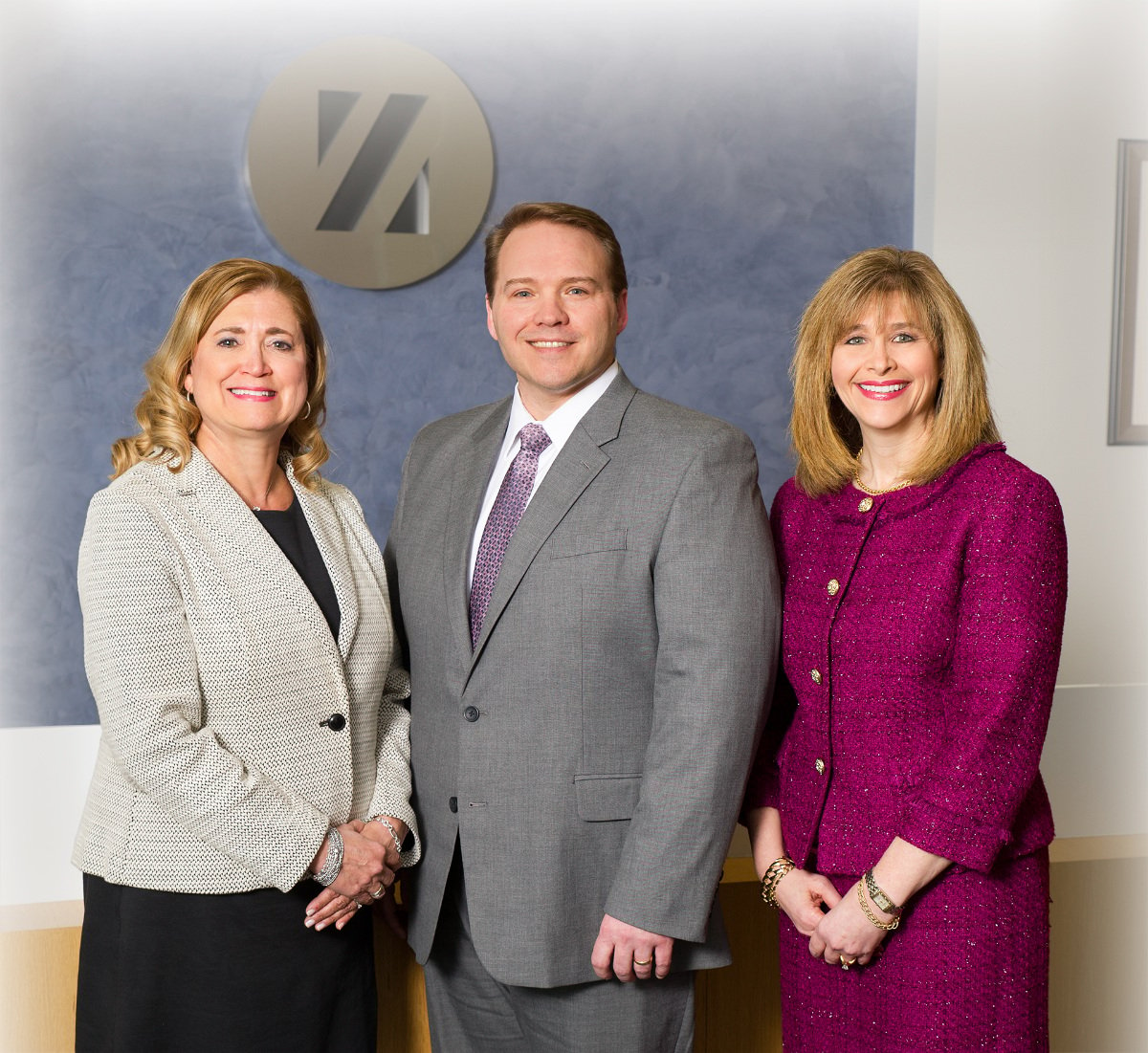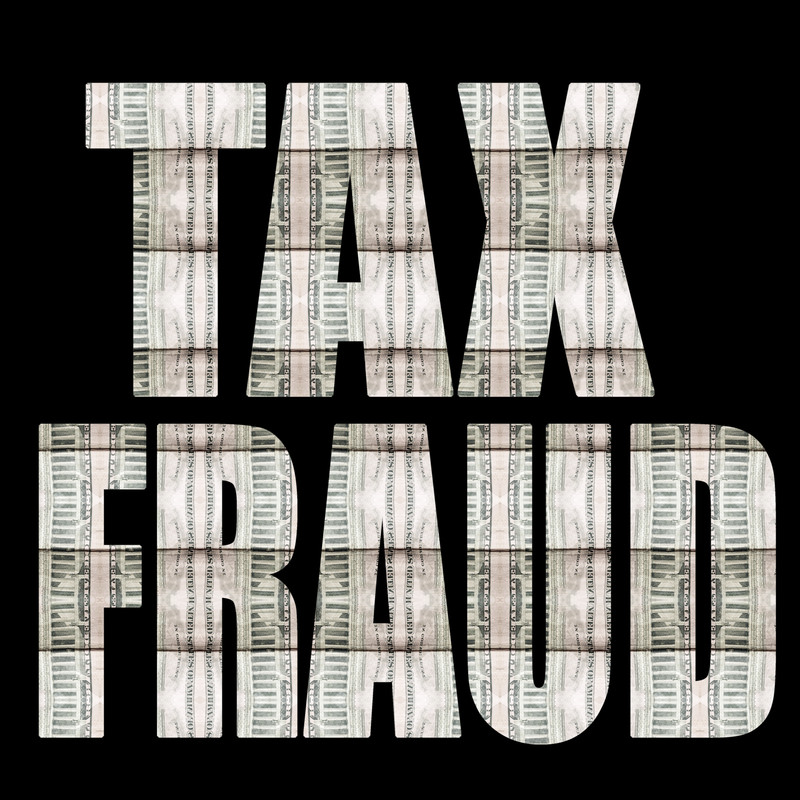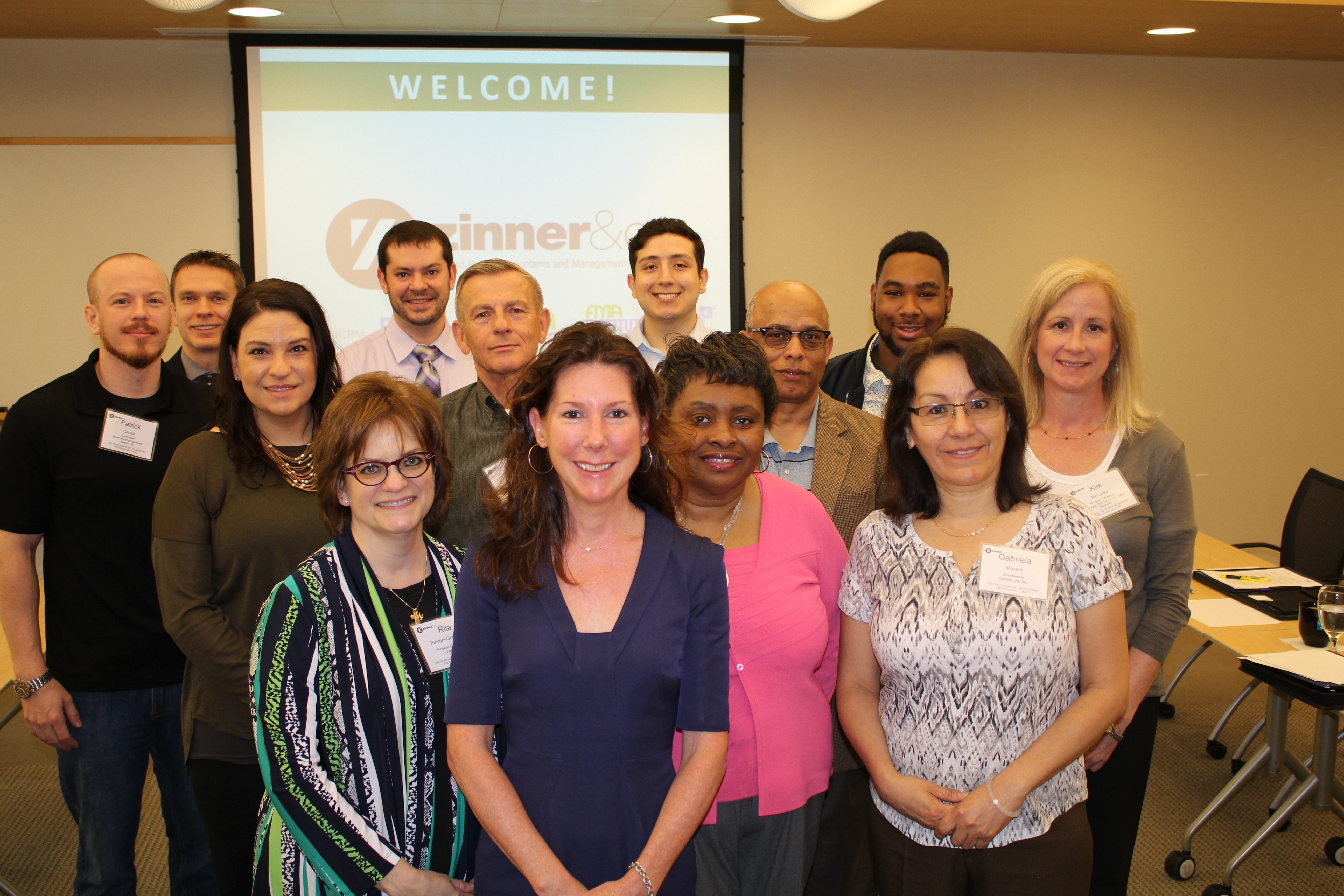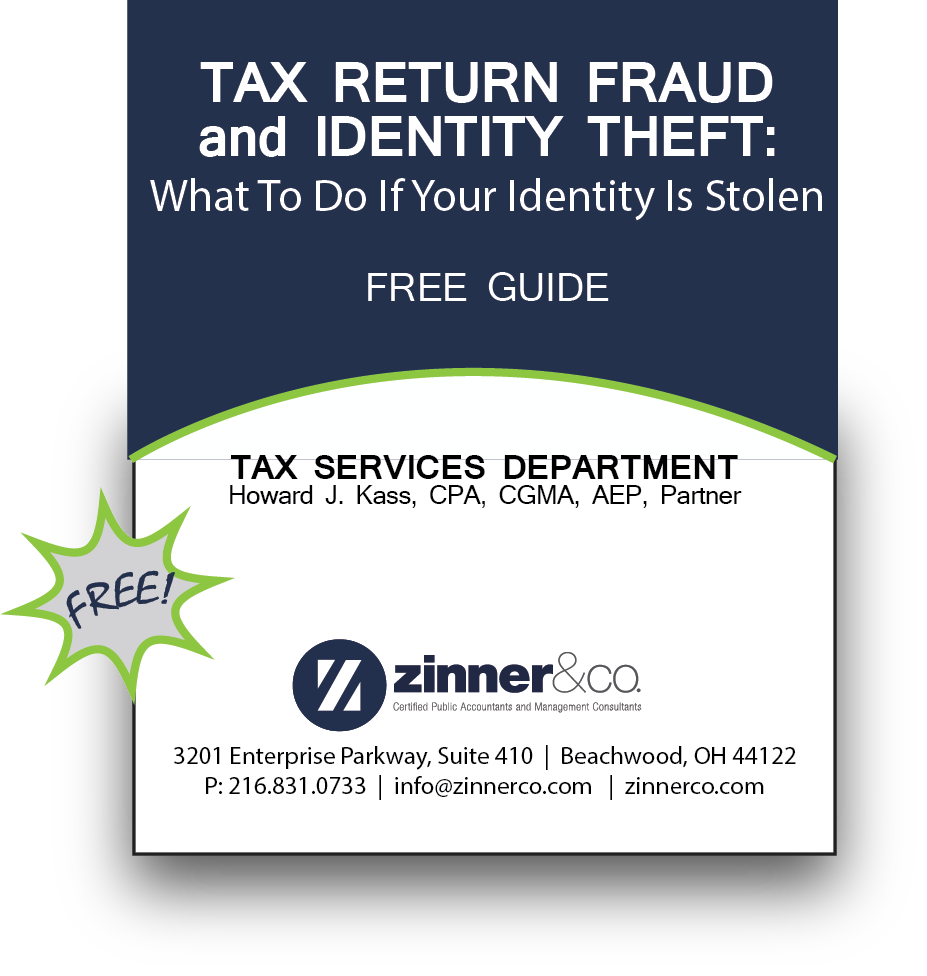Posts By: Zinner & Co.
The following article, written by Michael Cohn, first appeared on AccountingToday.com on May 27, 2016
The House passed bipartisan legislation May 16, 2016, to prevent taxpayer identity theft and help victims whose tax refunds have been stolen by identity thieves.
The bill was co-sponsored by a CPA turned lawmaker whose own identity was stolen last tax season.
H.R. 3832, Stolen Identity Refund Fraud Prevention Act of 2016, would establish a centralized point of contact at IRS for ID theft victims; improve taxpayer notification of suspected identity theft; require the Internal Revenue Service to submit a study on the feasibility of establishing a program for victims of identity theft-related tax fraud to opt out of electronic filing; and establish an Information Sharing and Analysis Center to collect, analyze, and share actionable data and information to detect and prevent identity theft. Two core components of the bill were enacted last December and the rest were passed Monday.
The bill was sponsored by Rep. Jim Renacci, R-Ohio, and John Lewis, D-Ga., the ranking Democrat on the House Ways and Means Oversight Subcommittee. Renacci is a CPA who also fell victim to identity theft.
Free e-book: Tax Return Fraud and Identity Theft: What to do if Your Identity is Stolen
“Today, the House passed my bipartisan bill to protect hardworking American taxpayers,” Renacci said in a statement Monday. “Tax-related identity theft is an evolving criminal activity that can happen to anyone. In fact, last tax season my identity was stolen and used to file a fraudulent tax return.”
The Ways and Means Committee passed the bill late last month (see House Committee Passes IRS Legislation on Identity Theft, Missing Children and Tax-Exempt Donors).
“We must do all we can to fight identity theft, return theft, fraud and scams,” said Lewis. “In the last few years, the Taxpayer Advocate staff assisting my constituents in Atlanta, and the caseworkers working in my District Office have seen an alarming increase in scams targeting the American taxpayer. H.R. 3832 responds to the real needs of real people. The Stolen Identity Refund Fraud Prevention Act of 2016 is a good, bipartisan and timely legislative step in the right direction.”
The bill now moves to the Senate. "I look forward to working with my Senate colleagues to ensure this bill is signed into law,” Renacci said.
“Every year, people across the country discover they are a victim of tax-related identity theft,” said Ways and Means Committee chairman Kevin Brady, R-Texas. “Congressman Jim Renacci turned his personal experience as a victim of identity theft into a legislative solution that will help protect all Americans. The bill we passed today will prevent fraud, increase transparency, and improve IRS customer service to better serve taxpayers. I appreciate Congressman Renacci’s leadership against a crime that impacts so many Americans.”
Robin Baum ready to lead Rainbow Babies and Children's Foundation
As the exclusive licensed provider in Cuyahoga County, Zinner & Co. recently presented the Certified Nonprofit Accounting Professional (CNAP) course to area professionals working in or with the not-for-profit industry.
The program was made possible by Partner Sue Krantz, who is a member of the Executive Committee of Nonprofit CPAs through The Rainmaker Alliance, a national association management company for accounting firms.
CNAP, the only nationally recognized certification program for nonprofit accounting professionals, earns high accolades from graduates for its comprehensive curriculum and is recognized as the gold standard training for nonprofit financial professionals. Participants attended the multi-day course followed by a comprehensive exam. Upon passing, the attendee is awarded the CNAP designation.
Zinner & Co. has held steady to many founding principles. The integrity of the firm is supported by a long-held belief to not only to show community support through fundraising events and company sponsorships, but also from a boots-on-the-ground approach.
What We're Reading: What’s annoying employers most about the ACA now?
Zinner & Co. Affordable Care Act , Firm newsRecently, employers were asked which part of the ACA they most want to see changed. And in what’s likely to be a surprise to many, the No. 1 answer wasn’t the employer mandate.
You have read security warnings advising you to stay away from particular websites and of course, not to click on the link to become the beneficiary of a far-away royal.
You know not to download free apps, to stay clear of file sharing, and are current with anti-virus and firewall protection. Rightfully and confidently, you feel good about the protective steps you have taken to reduce your risk of identity theft. Then - WHAM! Along comes a hacker who successfully infiltrates some of the largest technology companies in the world and as a result, steals your email password.
Related read: Classic Hackers: What War Games taught us about technology in the workplace
I recently read the following news on Forbes.com:
New Survey: Half of Americans Expect Identity Theft to Cause Them a Financial Loss in the Next Year; Majority of Investment Frauds Go Unreported
Zinner & Co. identity theftAs management advisors, we strive to keep our readers informed, educated and in-step with the latest news surrounding business and personal cyber security. Knowlege is power -- and we are fortunate to receive many pieces of communication each day from credible agencies that help us guide you.
Today, we share insight from the AICPA’s National CPA Financial Literacy Commission's latest news.
ax-Related Identity Theft
First of a three part series
Classic Hackers: What War Games Taught us About Technology in the Workplace
Zinner & Co. fraud , security , technology , cybersecurityClassic Hackers: What War Games Taught us About Technology in the Workplace
About Us

Since 1938, Zinner has counseled individuals and businesses from start-up to succession. At Zinner, we strive to ensure we understand your business and recognize threats that could impact your financial situation.
Recent Blog Posts
Categories
- 1031 Exchange (2)
- 401k (2)
- 529 plan (4)
- ABLE Act (1)
- account systems (3)
- accounting (8)
- Affordable Care Act (8)
- alimony (2)
- American Rescue Plan Act (1)
- Ask the Expert (5)
- Audit and Assurance Department (13)
- audits (8)
- Bank Secrecy Act (1)
- banks (1)
- Barbara Theofilos (6)
- Beneficial Ownership Information (1)
- Bitcoin (1)
- block chain (2)
- BOI (3)
- Bookkeeping (1)
- Brett W. Neate (28)
- budgets (1)
- Bureau of Worker's Compensation (12)
- Business - Management, Issues & Concerns (51)
- business income deduction (3)
- business succession (7)
- business travel expense (3)
- business valuation (5)
- capital gains (2)
- careers (7)
- cash flow (2)
- Child Tax Credit (2)
- Chris Valponi (8)
- City of Cleveland (1)
- Cleveland COVID-19 Rapid Response Fund (1)
- Cleveland Rape Crisis Center (2)
- college (3)
- Community (24)
- Compliance (1)
- Coronavirus (24)
- Corporate Transparency Act (1)
- COVID-19 (30)
- Credit card fraud (5)
- credit reporting (2)
- cryptocurrency (2)
- CTA (2)
- cybersecurity (16)
- dead (1)
- DeAnna Alger (6)
- death (2)
- debt (4)
- deductions (14)
- Deferring Tax Payments (4)
- Department of Job and Family Services (2)
- depreciation (1)
- Digital Tax Payment (3)
- divorce (4)
- DOMA (3)
- Economic Impact Payments (2)
- Economic Injury Disaster Loan (4)
- education (8)
- EIDL (1)
- electronic filing (4)
- Electronic Tax Payments (3)
- Emergency Working Capital Program (1)
- employee benefit plan auditor (1)
- Employee Leave (3)
- Employee or Independent Contractor (6)
- Employee Retention Credit (3)
- employment (2)
- ERC (3)
- Eric James (8)
- Estates, Gifts & Trusts (48)
- expenses (5)
- Families First Coronavirus Response Act (2)
- FASB (1)
- FBAR (1)
- FDIC coverage (1)
- Federal Assistance (4)
- filing (3)
- financial planning (8)
- Financial Planning - College (9)
- financing (3)
- Firm news (119)
- first responders (1)
- FMLA (1)
- foreign assets (3)
- fraud (38)
- FSA (1)
- fundraising (9)
- Gabe Adler (1)
- gift tax (5)
- HDHP (2)
- health care (3)
- home (2)
- home office (1)
- Howard Kass (2)
- HRA (1)
- HSA (5)
- identity theft (33)
- income (1)
- income tax (58)
- independent contractor (1)
- Inflation (1)
- Insurance (7)
- internal control (4)
- international (2)
- Intuit (1)
- investments (4)
- IRS (91)
- jobs (5)
- John Husted (1)
- K-1 (1)
- Laura Haines (3)
- Layoff (2)
- Layoffs (1)
- leadership (3)
- lease accounting standards (1)
- life insurance (1)
- LLC (3)
- Loans (2)
- longevity income annuities (1)
- Lorenzo's Dog Training (1)
- Magic of Lights (1)
- management advisory (3)
- manufacturing (2)
- Matt Szydlowski (3)
- medical (7)
- Medicare (2)
- mergers and acquisitions (1)
- Mike DeWine (2)
- Millennial Concepts (2)
- minimum wage (1)
- NAIOP (1)
- National Defense Act (1)
- non-profit reporting (10)
- non-profits (38)
- not-for-profit (26)
- OATC (1)
- OBBB (3)
- ODJFS (1)
- office (1)
- ohio (13)
- Ohio Accounting Talent Coalition (1)
- Ohio business owners (18)
- Ohio Department of Jobs and Family Services (4)
- Ohio Department of Taxation (7)
- Ohio Incumbent Workforce Training Voucher Program (1)
- Ohio Society of Certified Public Accountants (1)
- One Big Beautiful Bill (3)
- Online Tax Payment (4)
- Operations (2)
- OPERS (1)
- OSCPA (1)
- owners of foreign entities (1)
- partnerships (5)
- passwords (1)
- Paycheck Protection Program (9)
- payroll (8)
- penalties (3)
- pension (2)
- personal finance (2)
- planning (4)
- ppp (7)
- Productivity (5)
- Qualified Business Income (1)
- quickbooks (10)
- real estate (14)
- record retention (2)
- records (2)
- Reporting (1)
- Republican National Convention (1)
- Retirement Planning & IRAs (53)
- Richard Huszai, CPA (5)
- RITA (1)
- Robin Baum (6)
- RRF (1)
- S Corporation (1)
- SALT (8)
- SBA (8)
- scams (13)
- SECURE 2.0 Act (1)
- security (6)
- SharedWorks (1)
- Shutdown (3)
- Silver Linings (9)
- simplified employee pension (1)
- Small Business (5)
- SMB (12)
- Social Media (1)
- social security (4)
- Speaker Series (2)
- spouse (1)
- start ups (8)
- Stay at Home Order (3)
- Steven Mnuchin (1)
- Sue Krantz (6)
- SVOG (1)
- tangible property (1)
- tax (27)
- tax avoidance (12)
- Tax Credit (7)
- Tax Cuts and Jobs Act of 2017 (31)
- Tax Exempt (1)
- Tax Holiday (1)
- Tax Interns (2)
- tax services (28)
- taxes (45)
- Taxes - Corporate & Business (105)
- Taxes - Individual (120)
- Taxes - Planning, Rules and Returns (192)
- TechCred (1)
- technology (8)
- The CARES Act (6)
- The SOURCE (1)
- tiag (3)
- transaction advisory (2)
- Treasury Department (5)
- tuition (3)
- U.S. Department of the Treasury (1)
- U.S. Small Business Administration (6)
- Unclaimed Funds (1)
- Unemployment Benefits (4)
- Unemployment Insurance (1)
- withdrawls (2)
- withholding (6)
- Workers Comp Billing Changes (1)
- Zinner & Co. (35)
- Zinner News (32)












